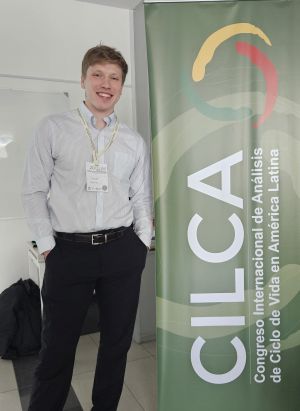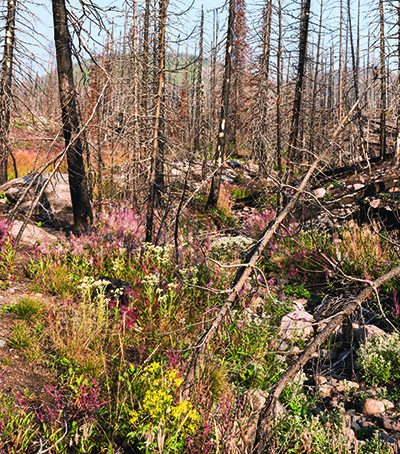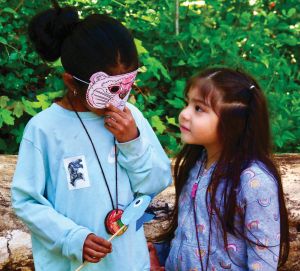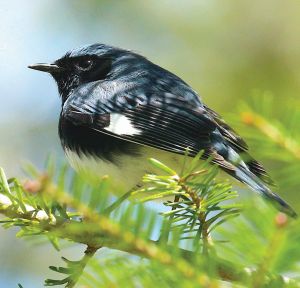
Steven Kontra is a graduate student in wood science and engineering, specializing in structural engineering. This summer he participated in the International Conference on Life Cycle Assessment (LCA) in Chile.
What surprised you most during your travels? Why?
During my travels to Chile, what surprised me the most was the striking contrast between the vibrant urban life in Santiago and the serene coastal beauty of Viña del Mar and Valparaíso. I spent most of my time on the coast, and absolutely loved the colorful streets and unique artistic culture that helped reveal the rich history of the region.
How did your time abroad influence your thoughts on your field of study and/or career path?
Participating in the International Conference on Life Cycle Assessment (LCA) in Chile was a transformative experience that deeply impacted my perspective as a student of structural engineering. This conference not only broadened my understanding of LCA but also underscored the vital importance of adopting a life-cycle mindset in design. Immersed in a new environment and surrounded by industry professionals who share this fervor, I gained a heightened appreciation for the implications of sustainable design choices that extend well beyond immediate project boundaries, but exert an influence on the environment and communities over time. This experience has reaffirmed my desire to integrate life-cycle principles into my future career in structural engineering.
If you had to pick one, what was your all-time favorite experience while abroad? Why was it so
meaningful?
The best memories I had on my trip were exploring the coastal cities surrounding Viña del Mar with my friends from the conference. Instead of an Uber, we opted to take the local bus system whenever possible, and immensely enjoyed the experience—though slightly chaotic at times. On these trips, we made many new local connections who offered suggestions of the best restaurants and attractions to visit which significantly enriched our adventure.
What advice would you give to students considering an international experience?
For students considering an international experience, I would highly recommend first connecting with international peers right within your own department. These international students are often well- traveled and have firsthand experience from various parts of the world—providing insights and perspectives that you won’t find online. In addition, having a network of international connections can be extremely beneficial when traveling abroad. As one of the friends in my research group is from Chile, he was able to connect me with his cousin who lived in Viña del Mar; this allowed me to stay for free while also significantly enriching my experience.









